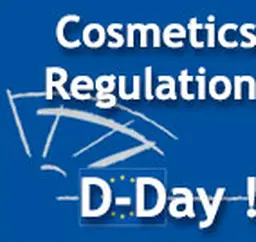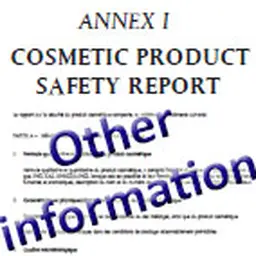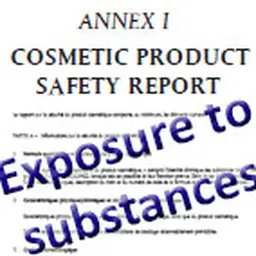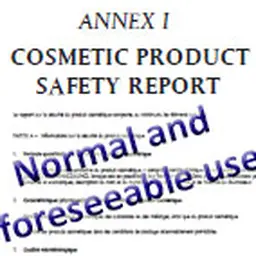
Deodorant or shaving foam are often used as any other cosmetics: they are taken with us while on trips (even in cars’ trunks, sometimes overheated in plain Summer), we put them anywhere, we throw them away when empty without any more care than for any other product. Nevertheless, be aware: these are not ordinary cosmetics, at least when in spray cans …
Spray cans are not as harmless as their daily use may make one think. If as a proof, a specific regulation deals with them, be they cosmetics or not: a European Union Directive, issued on May 20, 1975 and several times updated since then.
For the purpose of this Directive, the term "aerosol dispenser" shall mean any non-reusable container made of metal, glass or plastic and containing a gas compressed, liquefied or dissolved under pressure, with or without a liquid, paste or powder, and fitted with a release device allowing the contents to be ejected as solid or liquid particles in suspension in a gas, as a foam, paste or powder or in a liquid state.
Precautions
Some twenty pages of this Directive deal with the technical data and other data required to market spray cans (the “3” symbol displayed on the cans is a kind of guarantee that the product meets all the requirements), as these small “bombs” (as French-speaking people often call them) comprise extremely flammable materials, even explosive ones.
Butane, Isobutane or Propane are very often used as propellants for cosmetics, and are classified as extremely flammable.
Further, the Directive requires specific labeling and sentences, which come …













